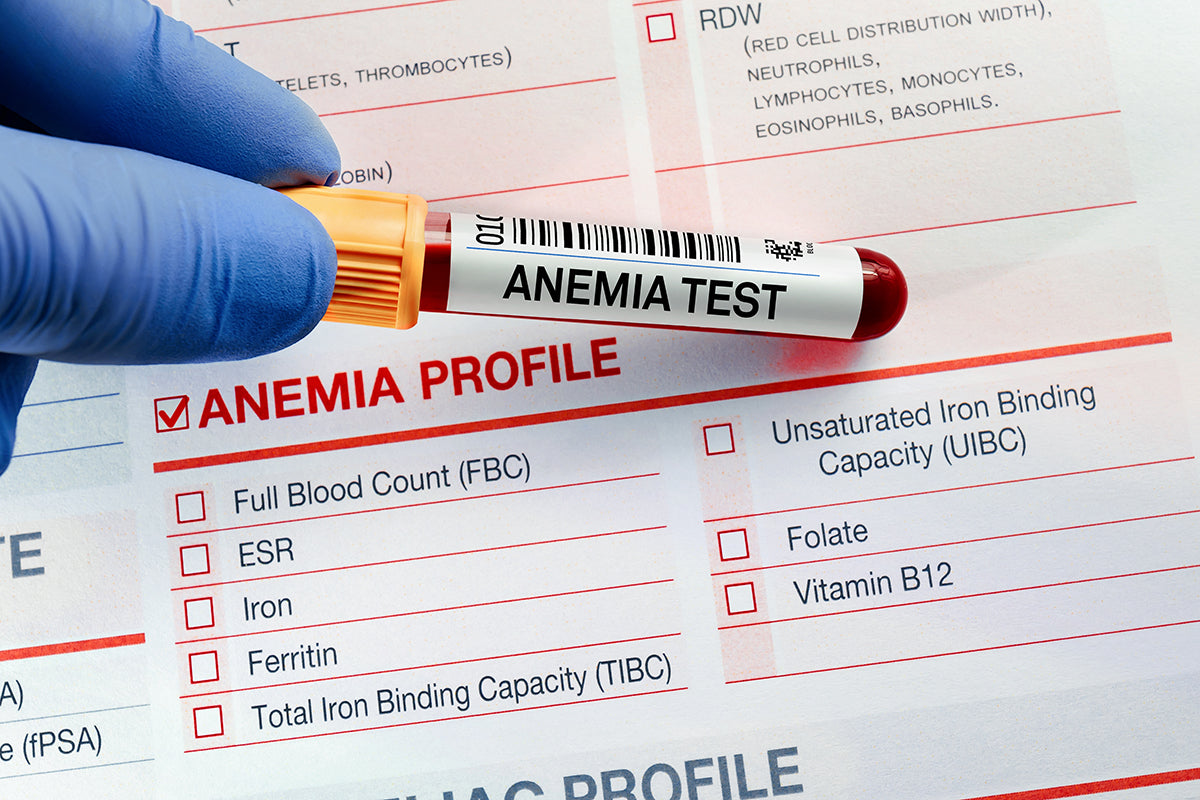
Normocytic anemia: when erythrocytes are fewer than normal
|
|
Time to read 2 min
|
|
Time to read 2 min
Normocytic anemia is a type of anemia characterized by a lower-than-normal number of red blood cells that also lack the necessary amount of hemoglobin.
Anemia is a condition defined by a reduced number of healthy or normal red blood cells, a decreased concentration of hemoglobin in the blood, or a hematocrit value (normal ranges vary between 41% and 53% in men, and between 36% and 46% in women) that is below normal levels.
Red blood cells are the most abundant cells in the blood, and their primary function is to capture oxygen and transport it to different tissues throughout the body. They achieve this thanks to hemoglobin, their main protein, which binds oxygen to iron atoms, enabling its transport through the bloodstream. For this reason, anemia results in difficulty distributing oxygen to all the body's cells, as the decrease in red blood cells leads to this alteration.
The main symptoms of normocytic anemia:
The main medical conditions that impair red blood cell production include:
The primary risk factors for normocytic anemia include all conditions that cause hemolysis or significant hemorrhages. Examples include infections, autoimmune disorders, liver diseases, and kidney diseases, among others.
Blood tests used to diagnose normocytic anemia include:
Other common tests include measurements of iron, vitamin B12, and folate levels in red blood cells.
Treatment for normocytic anemia focuses on addressing the underlying disease causing this condition. For instance, if kidney disease is the cause, treatment for that condition also helps manage normocytic anemia.
Many conditions can lead to normocytic anemia, making prevention difficult. However, avoiding infections and minimizing exposure to risk factors for liver, digestive, and kidney diseases can help reduce the risk of developing normocytic anemia.
Normocytic anemia is a type of anemia characterized by lower-than-normal red blood cells that lack the necessary amount of hemoglobin.
Red blood cells are the most abundant cells in the blood and their function is to capture oxygen for transport to different tissues throughout the body.
Anemia represents a difficulty in the distribution of oxygen to all the cells in the body since the decrease in red blood cells that it entails leads to this alteration.
The main risk factors for normocytic anemia are all those conditions that cause hemolysis or considerable bleeding.